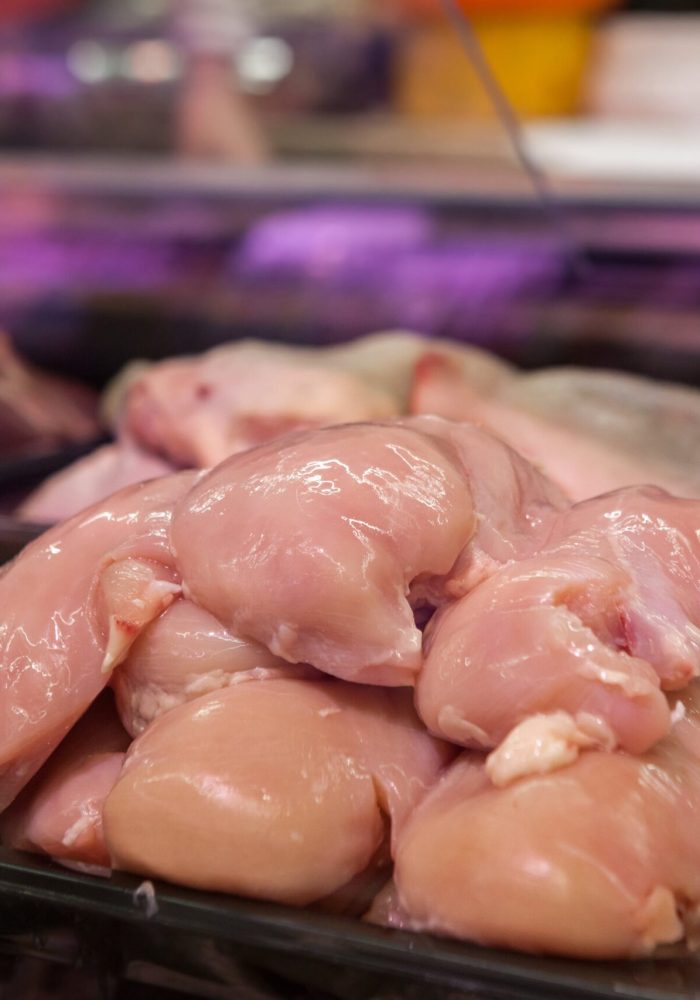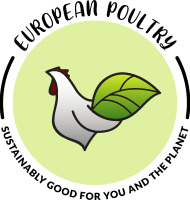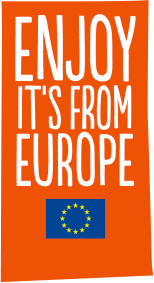The European Union’s regulations pertaining to packaging include all categories of packaging and packaging waste introduced to the European market. This encompasses various materials and packaging types, from all different sectors including the European poultry sector.
These regulations dictate the permissible types of packaging that can be introduced into the EU market, in addition to overseeing the management of packaging waste and implementing measures to prevent packaging waste.
1. The EU’s efforts for sustainable packaging [2]
The Commission is introducing fresh regulations for packaging across the EU to address the ever-increasing problem of waste. On average, each European generates nearly 180 kg of packaging waste annually. Without intervention, the EU is projected to witness a 19% surge in packaging waste by 2030, with plastic packaging waste escalating by an alarming 46%.
The objective of these new rules is to reverse this trend:
- First, it aims to prevent the generation of packaging waste by reducing its quantity, limiting unnecessary packaging, and promoting reusable and refillable packaging solutions.
- Second, it seeks to enhance high-quality recycling by ensuring that all packaging on the EU market can be economically recycled by 2030.
- Finally, it intends to reduce the demand for primary natural resources and increase the utilization of recycled plastics in packaging through mandatory targets.
These proposals are pivotal components of the European Green Deal’s Circular Economy Action Plan and its goal to establish sustainable products as the standard.
The headline target is to decrease packaging waste by 15% per Member State per capita by 2040, compared to 2018.
2. The impact on sustainability
By 2030, the proposed measures are predicted to reduce greenhouse gas emissions from packaging to 43 million tons, compared to 66 million without these changes, equivalent to Croatia’s annual emissions. Water use will be reduced by 1.1 million m3. The economic and societal costs of environmental damage will decrease by €6.4 billion by 2030 compared to the baseline scenario.
Luckily, the production and use of biobased, biodegradable, and compostable plastics have been steadily increasing. However, certain conditions must be met to ensure that these plastics contribute positively to the environment instead of exacerbating issues such as plastic pollution, climate change, and biodiversity loss.
The proposed packaging and packaging waste regulations will be evaluated by the European Parliament and the Council through the ordinary legislative procedure.

3. Packaging in the European Poultry sector [3]
In the present day, a significant portion of poultry meat within the EU is distributed fresh through retail channels, typically in small quantities. Given the utmost importance of maintaining the meat’s safety and quality, packaging plays a pivotal role. Currently, it is customary to package poultry meat in polystyrene or plastic materials, but the sector is evolving and progressing every day to change this trend.
According to AVEC’s Sustainability Charter, the European Poultry sector includes improving packaging in more sustainable ways in the list of priorities.
The two main actions taken would be:
- To gather data on the utilization of eco-friendly packaging and disseminate exemplary approaches: Our sector is acutely aware of the environmental repercussions associated with these materials, from their fossil fuel-dependent production to the plastic waste they generate. Hence, data on adoption of recyclable packaging materials by European businesses will be annually compiled, to facilitate the exchange of best practices in this domain.
- Promote sustainable packaging options as alternatives to plastic: It is imperative to undertake research initiatives aimed at identifying eco-friendly packaging materials. Consequently, the European poultry sector and its members will actively promote and provide backing for research projects aimed at creating substitutes for plastic and polystyrene packaging materials in the broiler industry. Additionally, the sector will champion the execution of scientific investigations into sustainable packaging materials that can ensure an equivalent level of food safety.
- [1] EC Packaging waste
- [2] European Green Deal: Putting an end to wasteful packaging, boosting reuse and recycling
- [3] AVEC’s Sustainability Charter







